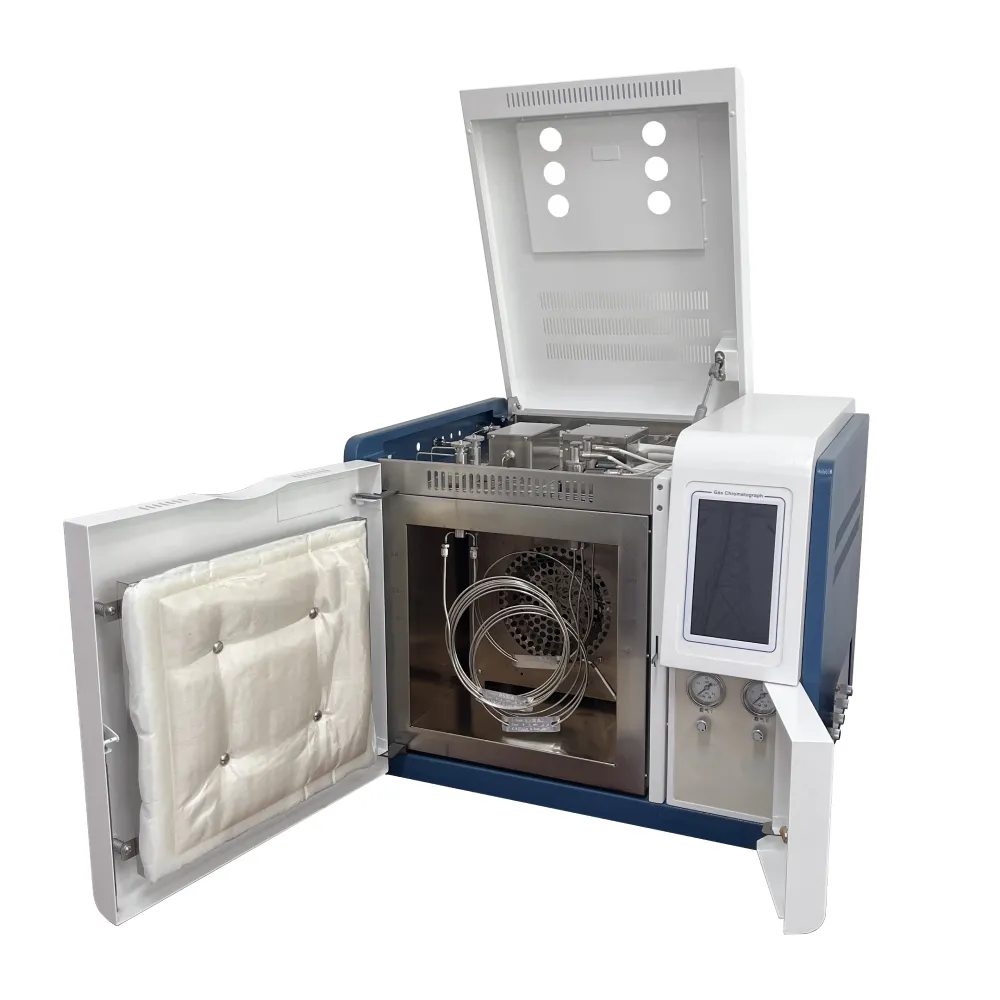 English
English



-
 Afrikaans
Afrikaans -
 Albanian
Albanian -
 Amharic
Amharic -
 Arabic
Arabic -
 Armenian
Armenian -
 Azerbaijani
Azerbaijani -
 Basque
Basque -
 Belarusian
Belarusian -
 Bengali
Bengali -
 Bosnian
Bosnian -
 Bulgarian
Bulgarian -
 Catalan
Catalan -
 Cebuano
Cebuano -
 China
China -
 China (Taiwan)
China (Taiwan) -
 Corsican
Corsican -
 Croatian
Croatian -
 Czech
Czech -
 Danish
Danish -
 Dutch
Dutch -
 English
English -
 Esperanto
Esperanto -
 Estonian
Estonian -
 Finnish
Finnish -
 French
French -
 Frisian
Frisian -
 Galician
Galician -
 Georgian
Georgian -
 German
German -
 Greek
Greek -
 Gujarati
Gujarati -
 Haitian Creole
Haitian Creole -
 hausa
hausa -
 hawaiian
hawaiian -
 Hebrew
Hebrew -
 Hindi
Hindi -
 Miao
Miao -
 Hungarian
Hungarian -
 Icelandic
Icelandic -
 igbo
igbo -
 Indonesian
Indonesian -
 irish
irish -
 Italian
Italian -
 Japanese
Japanese -
 Javanese
Javanese -
 Kannada
Kannada -
 kazakh
kazakh -
 Khmer
Khmer -
 Rwandese
Rwandese -
 Korean
Korean -
 Kurdish
Kurdish -
 Kyrgyz
Kyrgyz -
 Lao
Lao -
 Latin
Latin -
 Latvian
Latvian -
 Lithuanian
Lithuanian -
 Luxembourgish
Luxembourgish -
 Macedonian
Macedonian -
 Malgashi
Malgashi -
 Malay
Malay -
 Malayalam
Malayalam -
 Maltese
Maltese -
 Maori
Maori -
 Marathi
Marathi -
 Mongolian
Mongolian -
 Myanmar
Myanmar -
 Nepali
Nepali -
 Norwegian
Norwegian -
 Norwegian
Norwegian -
 Occitan
Occitan -
 Pashto
Pashto -
 Persian
Persian -
 Polish
Polish -
 Portuguese
Portuguese -
 Punjabi
Punjabi -
 Romanian
Romanian -
 Russian
Russian -
 Samoan
Samoan -
 Scottish Gaelic
Scottish Gaelic -
 Serbian
Serbian -
 Sesotho
Sesotho -
 Shona
Shona -
 Sindhi
Sindhi -
 Sinhala
Sinhala -
 Slovak
Slovak -
 Slovenian
Slovenian -
 Somali
Somali -
 Spanish
Spanish -
 Sundanese
Sundanese -
 Swahili
Swahili -
 Swedish
Swedish -
 Tagalog
Tagalog -
 Tajik
Tajik -
 Tamil
Tamil -
 Tatar
Tatar -
 Telugu
Telugu -
 Thai
Thai -
 Turkish
Turkish -
 Turkmen
Turkmen -
 Ukrainian
Ukrainian -
 Urdu
Urdu -
 Uighur
Uighur -
 Uzbek
Uzbek -
 Vietnamese
Vietnamese -
 Welsh
Welsh -
 Bantu
Bantu -
 Yiddish
Yiddish -
 Yoruba
Yoruba -
 Zulu
Zulu
insulation resistance test of current transformer
Insulation Resistance Test of Current Transformers
Current transformers (CTs) play a crucial role in electrical systems, primarily in measuring current and providing isolation between the high-voltage and low-voltage parts of the system. However, like all electrical equipment, they are subject to wear and tear, which can compromise their performance. One important maintenance procedure for ensuring the reliability and longevity of current transformers is the insulation resistance test.
Insulation resistance testing is performed to determine the condition of the insulation material within the current transformer. It is an essential diagnostic tool used to detect potential failures in dielectric materials, which could lead to short circuits, equipment malfunction, or even catastrophic failures if not addressed. The test measures the resistance of insulation to electric current, providing an indication of its effectiveness in preventing unexpected electrical conduction.
To carry out an insulation resistance test, a megohmmeter, or insulation tester, is typically used. This device applies a standardized voltage, usually ranging from 250V to 5000V, to the winding of the current transformer and measures the current that flows through the insulation. The higher the measured resistance, the better the insulation integrity. A resistance value in the megohm range indicates healthy insulation, while values that are too low warrant further investigation and possible corrective actions.
insulation resistance test of current transformer

It is important to conduct insulation resistance tests on a regular basis as part of the preventive maintenance program for current transformers. The frequency of these tests depends on the operational environment and the critical nature of the application. For instance, CTs exposed to harsh environmental conditions or operated in high-demand systems may require more frequent assessments than those in stable, controlled environments.
One significant advantage of the insulation resistance test is its ability to reveal not only the condition of the insulation but also potential contaminants or degradation due to moisture, mechanical damage, or thermal stress. Over time, insulation materials can deteriorate due to various factors, including exposure to chemicals, extreme temperatures, and normal aging processes. By identifying these issues early, maintenance teams can take appropriate action to mitigate risks before they lead to equipment failures.
It is essential to follow industry standards and manufacturer specifications during insulation resistance testing. This ensures that the results are accurate and reliable. Moreover, the tests should be performed by trained personnel who understand the operating principles of current transformers and the significance of the measured values.
In conclusion, insulation resistance testing is a vital procedure for ensuring the integrity and reliability of current transformers. By monitoring the insulation condition regularly, electrical utilities and industries can significantly reduce downtime, avoid costly repairs, and enhance the safety and efficiency of their operations. As electrical systems continue to evolve and expand, the importance of routine maintenance practices like insulation resistance testing will only increase, making it an indispensable component of modern electrical management. Regular testing not only safeguards equipment but also ensures the uninterrupted flow of electricity, which is critical for contemporary life.
-
Ensuring SF₆ Gas Safety: Introducing PUSH’s Integrated SF₆ Analyzer for Dew Point, Purity, and Decomposition MonitoringNewsJul.10,2025
-
Exploring the Main Types of Industrial Endoscopes and Their Applications Across IndustriesNewsJul.04,2025
-
Testing Equipment Industry Sees Major Advancements in 2025: Smart & Precision Technologies Lead the WayNewsJun.06,2025
-
Applications of Direct Current Generators in Renewable Energy SystemsNewsJun.05,2025
-
Hipot Tester Calibration and Accuracy GuidelinesNewsJun.05,2025
-
Digital Circuit Breaker Analyzer Features and BenefitsNewsJun.05,2025



